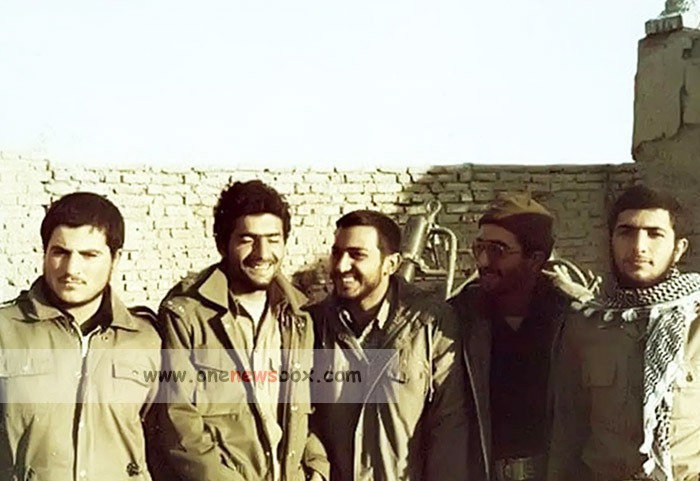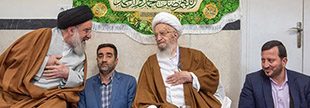Moghadam also championed move towards solid-fueled missiles, which are faster to deploy and more reliable than liquid-fueled alternatives. This transition marked a leap forward in Iran’s military capabilities, making its missile forces more agile and combat-ready. The advancements made under his leadership allowed to diversify its arsenal, including surface-to-surface missiles, anti-ship missiles, and even experimental space launch vehicles.
Strategic Vision
Hassan Tehrani Moghadam was not merely a military engineer; he was a strategic thinker with a vision for Iran’s future military independence. His belief in self-sufficiency and deterrence drove him to develop a missile program that could serve as both a defensive shield and an offensive tool of deterrence. He understood the geopolitical dynamics of the Middle East, where adversaries often enjoyed superior airpower and international backing.
For Moghadam, missiles were the great equalizer. They could be used to project power, deter foreign intervention, and support allies across the region. This doctrine has continued long after his death and remains a cornerstone of defense strategy. Missiles have been used by regional allies like Hezbollah and the Houthis, further extending Tehran’s influence and providing asymmetric counterweights to superior conventional forces.

